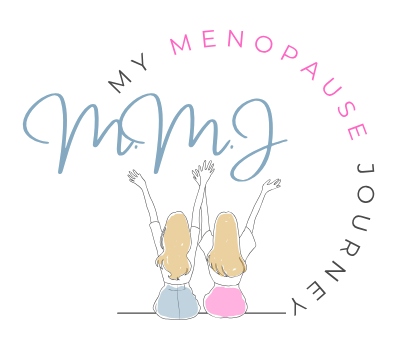Resistance Training for Menopause
Lift, Laugh, and Stay Strong
Resistance training is one of the best-kept secrets for tackling menopause. No, you don’t need to bench press your couch or turn into a protein-shake-chugging gym rat. But trust me—picking up some weights (or even just a couple of canned tomatoes) can do wonders. And the best part? You don’t need a fancy gym, expensive equipment, or an Instagram-worthy workout outfit. Just a bit of space, some determination, and maybe a few grunts.
Why Resistance Training for Menopause?
Ah, menopause—the time in life when our hormones decide to pack their bags and leave us high and dry. As estrogen takes its disappearing act, our muscle mass also takes a nosedive. This means a slower metabolism, more body fat, and bones that aren’t quite as sturdy as they used to be. But don’t panic—resistance training is here to save the day!
According to Healthy Bones Australia, strength training helps prevent bone loss and improves bone density, which is crucial since menopause makes our bones about as fragile as a cheap wine glass. Plus, muscle burns more calories than fat, so lifting a few weights can actually help keep those sneaky menopause kilos in check. And let’s not forget the mood boost—because some days, we need all the serotonin we can get.
5 Easy Resistance Exercises to Try at Home
You don’t need to train like an Olympian to get results. These five simple exercises are all you need to start feeling stronger—no gym, no fancy machines, no nonsense.
Squats
Why it helps:
Squats are like the Swiss Army knife of exercises, and here’s why they’re your best friend during menopause: As estrogen levels drop, bone density tends to decline (hello, osteoporosis), and squats are fantastic for strengthening those bones. When you squat, you’re putting weight through your bones, which stimulates bone-building cells (osteoblasts) to go to work—something we could all use! Plus, strengthening your lower body will help you combat that annoying “menopause belly” that tends to sneak up on you like a thief in the night. Trust me, squats are a lifesaver. (Healthy Bones Australia – Exercise & Bone Health).

Stand with your feet about hip-width apart (think of standing on train tracks).
Bend your knees and lower your body, like you’re about to sit in an invisible chair.
Keep your chest up and make sure your knees don’t go past your toes.
Push yourself back up like you suddenly remembered you left the oven on!
Push-Ups
Now, before you groan and think of push-ups as “one more thing I don’t want to do,” hear me out. Menopause can bring on joint pain, especially in the shoulders and wrists, and push-ups (when done correctly) can strengthen your upper body and help keep you pain-free. A strong chest and shoulders also improve posture, something many of us forget about as we battle those sneaky mood swings. Let’s not forget how strong arms are perfect for when you’re juggling more than one heavy bag of groceries from the car. Because let’s be real, nobody enjoys making multiple trips—plus, it’s a good time to show off those muscles! (Better Health Channel – Strength Training)
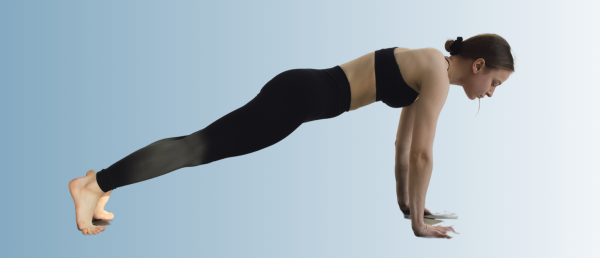
Start in a plank position with your hands shoulder-width apart.
Lower your body down until your chest is almost touching the floor.
Push yourself back up like you’re trying to stand up from a low chair.
If that’s too tough, drop to your knees—it still counts!
Lunges
Why it helps:
Lunges are a game-changer when it comes to menopause, especially since they target your glutes, quads, and hamstrings, which all tend to weaken as estrogen decreases. As you lunge, you’re also improving balance and coordination, crucial as we age and find ourselves tripping over random objects or our own feet (yes, I’ve done it too). Stronger legs and better balance will make those dreaded menopausal hot flashes a little easier to handle, as you won’t have to worry about falling down every time you get a surge of heat. (Exercise Right – Strength Training for Women).
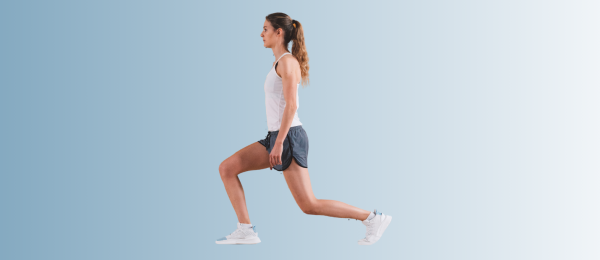
Step forward with one leg (like you’re about to take a big step).
Lower your hips until both knees are at 90 degrees (your back knee should almost touch the floor).
Push through your front foot to stand back up.
Repeat on the other side.
Bonus challenge: Try not to wobble too much (maybe skip the wine for now).
Plank
Why it helps:
If you’ve ever experienced a bit of back pain during menopause (it happens to the best of us), you’ll love the plank. This core-strengthening exercise helps support your spine, which is key as your body changes during menopause. A strong core is also crucial for maintaining posture, reducing back pain, and improving overall stability. Plus, holding a plank feels like you’re challenging the universe itself—and let’s face it, after dealing with hot flashes, who’s not up for a challenge? (Jean Hailes for Women’s Health – Strength Training & Core).
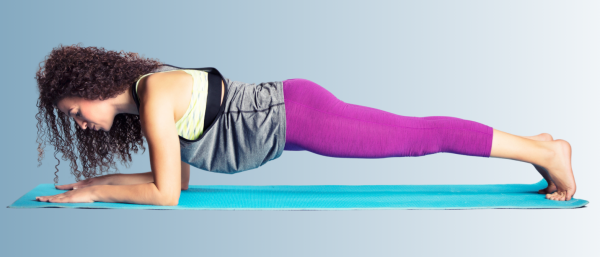
Lie face down on the floor.
Lift your body onto your toes and forearms, keeping your body in a straight line from head to heels.
Hold this position for as long as you can (starting with 10 seconds is perfectly fine!).
Keep your core tight and your body straight—no sagging!
Dumbbell Rows
Why it helps:
Menopause can cause weight gain around the middle, but dumbbell rows can help target the upper back, arms, and shoulders, which can increase metabolism and fight that extra layer of belly fat. Strong upper body muscles can also relieve tension that builds up during stressful moments (like when you’re trying to handle your teenager’s drama or navigating menopause mood swings). Bonus: Impress your friends by effortlessly carrying in all the heavy stuff next time—just wait for the ‘wow, you’re strong!’ comments. (Sports Medicine Australia – Strength Training Benefits).
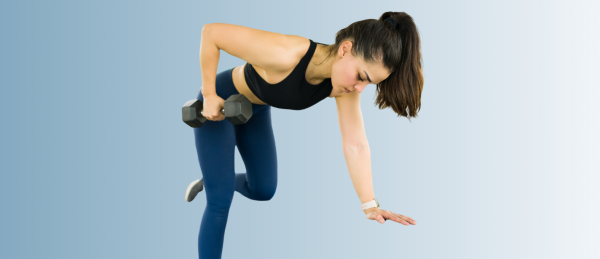
Grab a dumbbell (or a water bottle if you don’t have one).
Bend forward at the hips, keeping your back straight—think of it like a straight line from head to heels.
Pull the weight towards your ribcage, squeezing your shoulder blades together.
Lower the weight back down slowly, staying in control the whole time.
Final Thoughts
Resistance training isn’t just about looking strong—it’s about being strong. It helps fight off menopause-related weight gain, keeps bones healthy, and gives you the energy to tackle whatever life throws at you (hot flashes included). So, whether you’re lifting weights, water bottles, or even just your own body weight—get moving! Your future self will thank you (preferably with a celebratory post-workout snack).
Disclaimer: Always consult your healthcare provider before starting any new exercise routine, especially during menopause.
